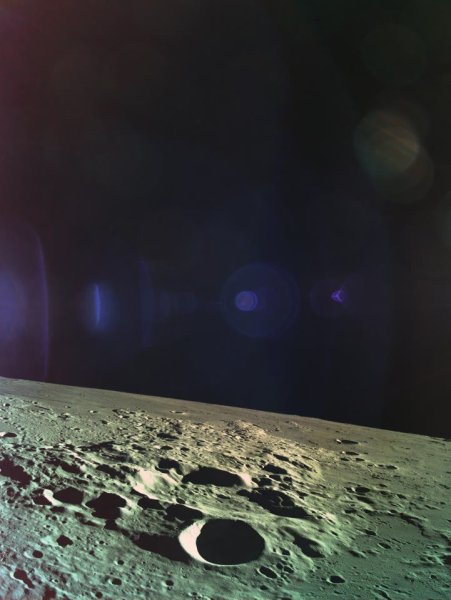A recent episode of the TMRO.tv Space show: Why JWST’s first images will just be 18 fuzzy blobs
This week we are joined by NASA’s James Webb Space Telescope Program Scientist Dr. Eric Smith. We talk about the most ambitious space telescope project humans have ever undertaken, and why when we get the first images back it will likely just be 18 fuzzy blobs.
** And here is another: APL’s Interstellar Probe
The always energetic and information powerhouse Dr. Kirby Runyon joins us to talk about New Horizons, Yuris Night and announces the Johns Hopkins University Applied Physics Lab Interstellar Probe. It’s a really fun and exciting interview, and we had a bit of stuff we missed in After Dark so we left a bit of that in there at the end as well.
** A space news report: RocketLab announces Photon, ISS Spacewalks and the weight of the galaxy!
This week in Space News from TMRO we have: Rocket Lab announces their Photon satellite system US Spacewalk 53, Space Suit Mixup Milky Way Weight There were 2 Soyuz launches in Space Traffic and of course the Space Weather Woman Dr. Tamitha Skov brings is our Space Weather.
====
The Space Barons: Elon Musk, Jeff Bezos, and the Quest to Colonize the Cosmos



